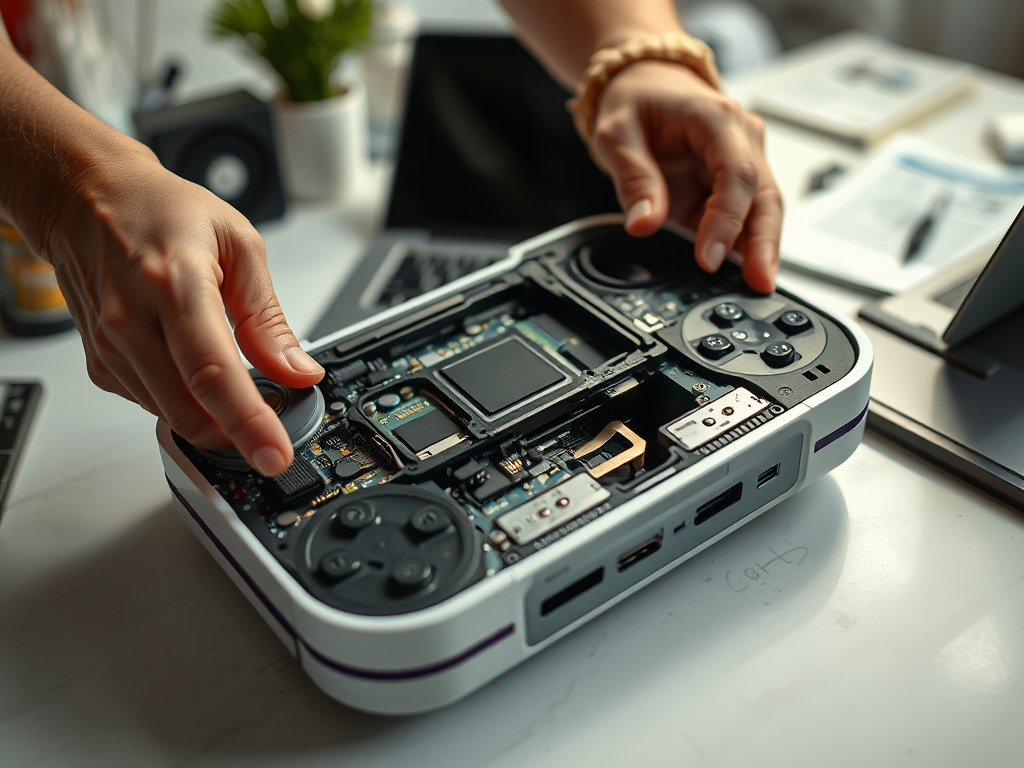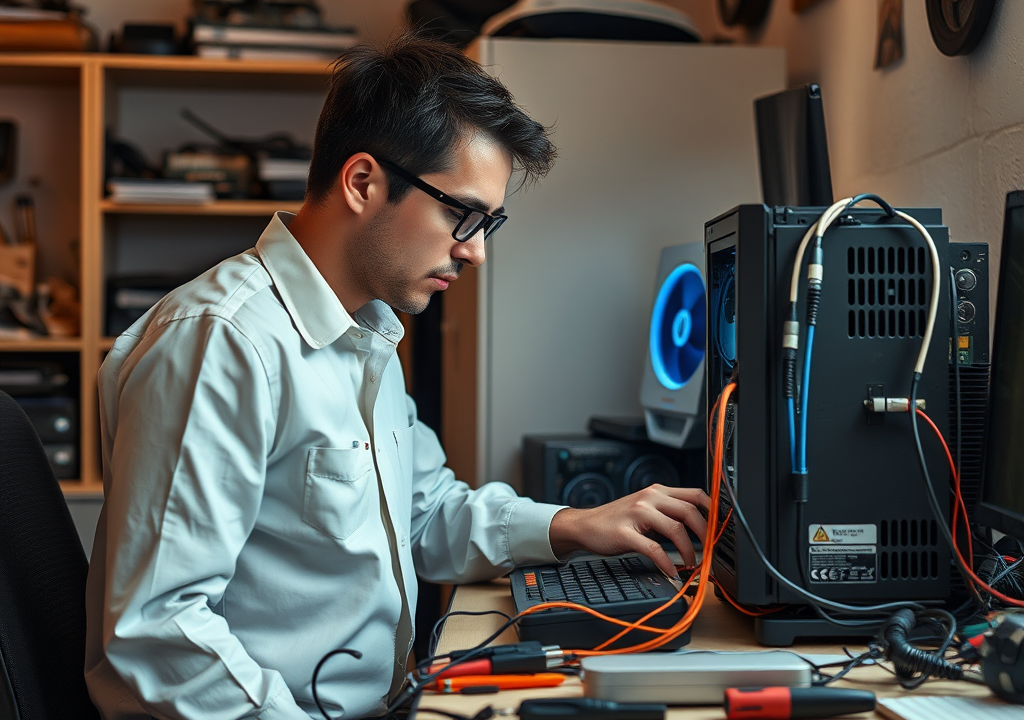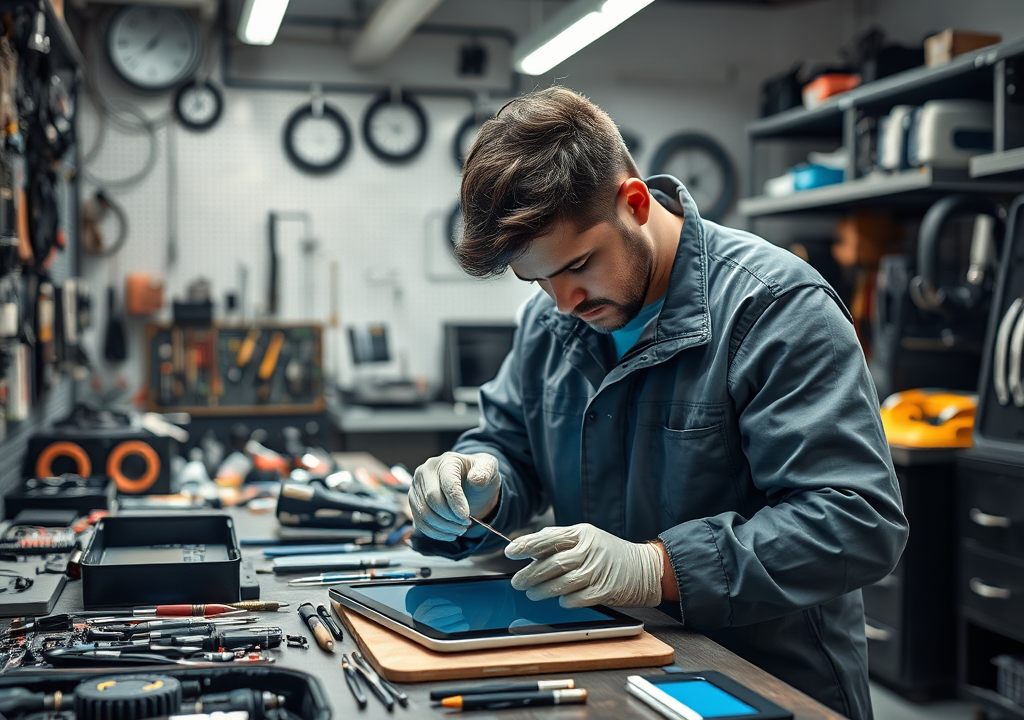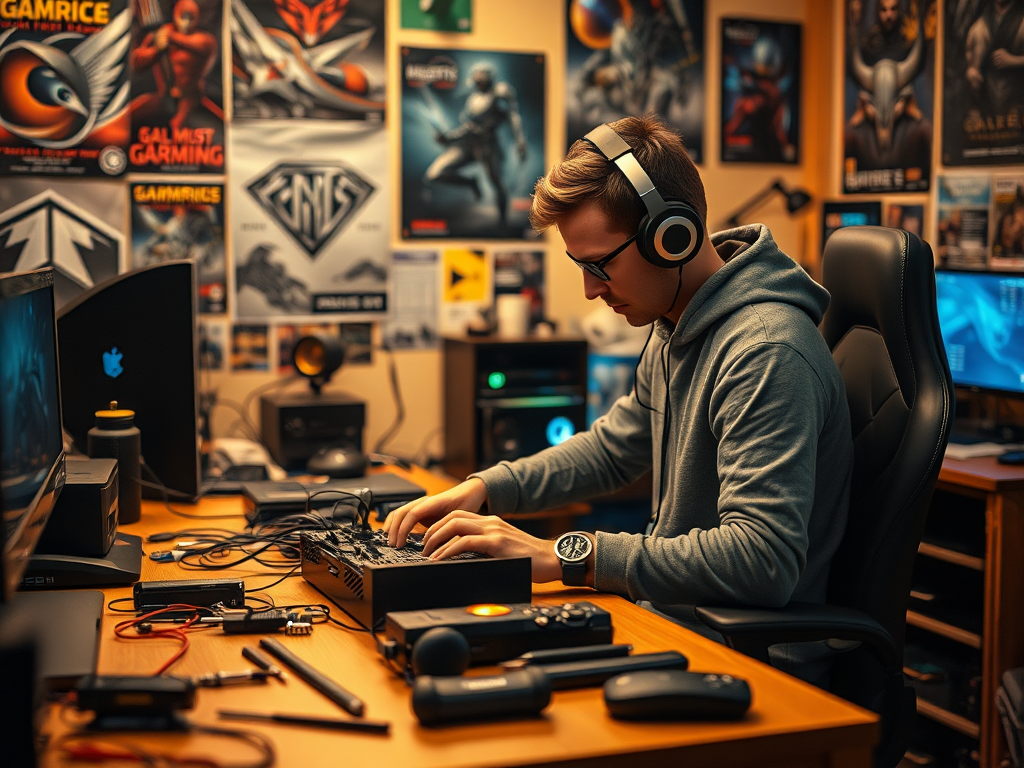In the world of gaming, nothing is more frustrating than a console that stops working just when you want to dive into your favorite game. Many gamers face the dilemma of whether to repair their consoles themselves or seek professional help. As gaming technology becomes more advanced, the chances of malfunctions are not uncommon. The thought of tackling a DIY console repair can be both daunting and appealing, especially for those looking to save money. This article explores the pros and cons of DIY console repair, weighing the benefits against the potential pitfalls.
Taking on a repair might seem intimidating at first, but it can often be a rewarding experience. Not only do you potentially save on repair costs, but you also gain valuable skills along the way. However, there’s a fine line between trying to fix something and inadvertently making the situation worse. Understanding what’s involved in a DIY repair is crucial for making an informed decision. Below, we’ll delve deeper into the advantages and disadvantages of this growing trend amongst gamers.
Advantages of DIY Console Repair

One of the primary benefits of taking a DIY approach to console repair is the significant cost savings it offers. Professional repair services can quickly become expensive, often costing more than what the console is worth. Gamers looking to stretch their budgets may find that allocating some time to repair their console can yield substantial financial relief. Not only do you save on labor costs, but you may also have the option to purchase parts at a lower price than what a technician would charge.
- Reduced labor expenses
- Availability of affordable replacement parts online
- Opportunity to practice and improve technical skills
Moreover, DIY console repair is an excellent learning opportunity. Diving into the inner workings of your console can build your technical skills and provide a sense of accomplishment. Many enthusiasts embrace the chance to understand their devices better, developing a more resilient mindset for future tech-related problems. Through trial and error, you become more adept at solving issues independently.
Another bonus is that DIY repairs allow for immediate resolution of problems. When your console stops working, waiting weeks for professional help is a severe drawback for avid gamers. With a DIY approach, you can often diagnose the issue and fix it on your own timetable. This reduces any downtime that could keep you away from gaming, ensuring you’re back up and running in no time. Whether it be a simple cleaning or replacing a faulty part, DIY repairs can lead to instant gratification.
Disadvantages of DIY Console Repair

Despite its advantages, DIY console repair is not without its drawbacks. One of the most significant risks is the potential for further damage. Many gamers underestimate how fragile their consoles are, and a simple mistake can lead to a costly repair, perhaps even beyond what a professional would have charged initially. Inadequate tools or lack of experience can quickly turn an easy fix into a nightmare scenario that might leave your console in worse shape than before.
Furthermore, many consoles come with warranties that provide relief from manufacturing defects. Unfortunately, attempting a DIY repair often voids this warranty, leaving you without any support should the problem recur or escalate. Thus, before trying your hand at repairs, it’s essential to investigate your console’s warranty policy to avoid making an irreversible decision.
| Aspect | DIY Repair | Professional Repair |
|---|---|---|
| Cost | Generally lower | Higher due to labor costs |
| Skill Required | Basic to moderate | Professional expertise |
| Risk of Damage | Higher | Lower, as done by experts |
| Warranty Status | Voids warranty | Typically preserves warranty |
Beyond these concerns, limited expertise poses another barrier for many. Not everyone has the technical knowledge to diagnose and fix console issues effectively. Without proper guidance, someone inexperienced may misdiagnose a problem and waste both time and resources. Professionals undergo extensive training, which equips them with the skills to resolve issues more efficiently. Thus, the choice between DIY and professional repair becomes more complex when considering personal capabilities.
Conclusion
In conclusion, DIY console repair offers gamers a blend of opportunities and risks. While the prospect of saving money and acquiring new skills can be very appealing, the dangers of further damage and warranty voiding are significant does. Ultimately, each individual must assess their comfort level with technology and the specific issues they are facing. If you feel confident in your abilities, taking the DIY route may prove rewarding; however, consulting a professional may be wiser if you have reservations about the repair process.
Frequently Asked Questions
- What tools do I need for DIY console repair?
- Screwdrivers (various sizes)
- Heat gun or soldering iron
- Pry tools
- Replacement parts (specific to your console model)
- Is DIY repair safe for all console models?
- Not all consoles are designed for easy repair; check the model’s specific repair guides before proceeding.
- Can I restore my warranty after a DIY repair?
- Generally, no. Most manufacturers void the warranty once unauthorized repairs are attempted.
- Where can I find repair guides or tutorials?
- Numerous online platforms, including YouTube, WikiHow, and dedicated gaming forums, offer step-by-step repair guides.
- What should I do if I can’t fix my console?
- If DIY methods fail, consider consulting a professional repair service for assistance.





